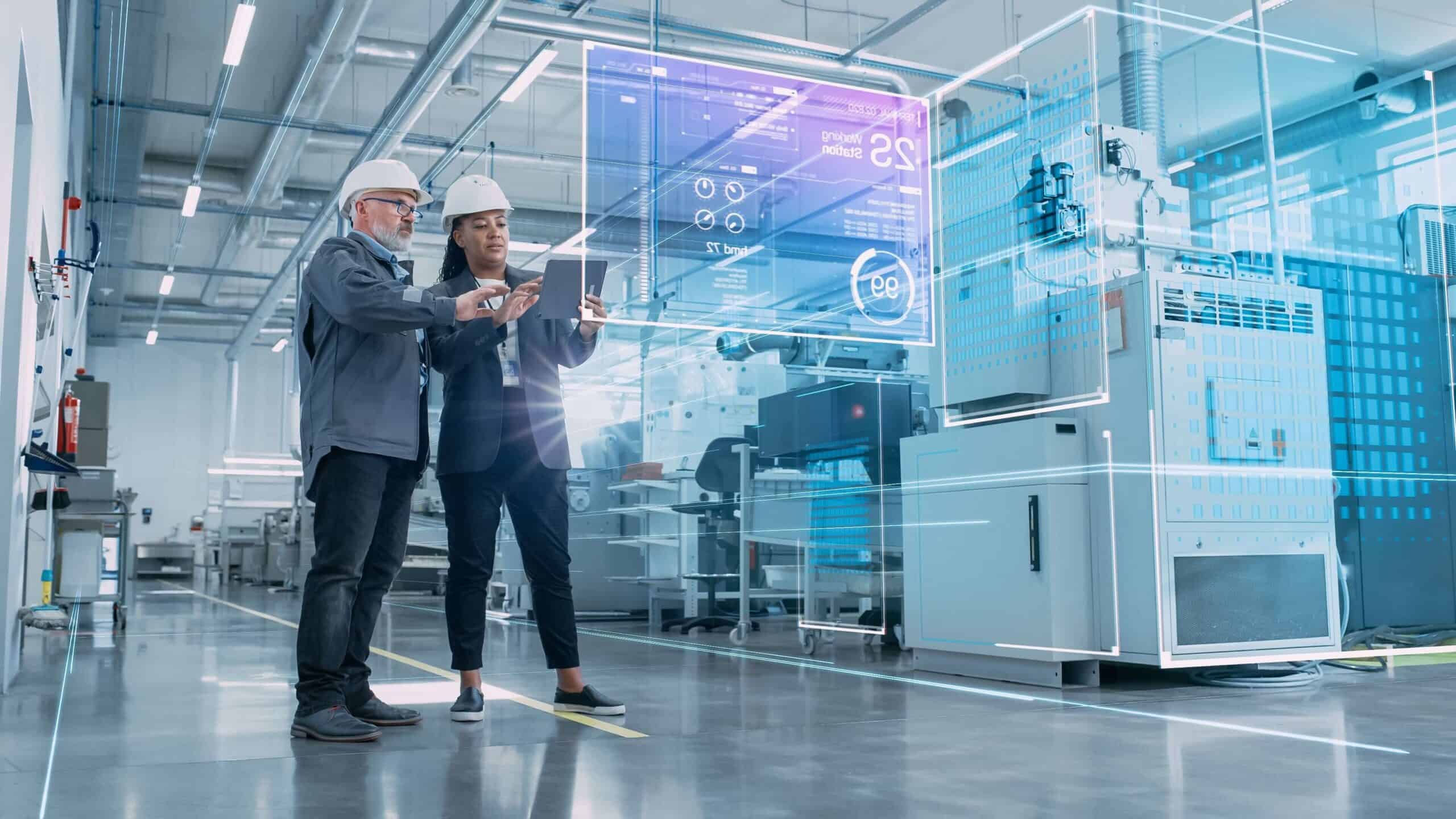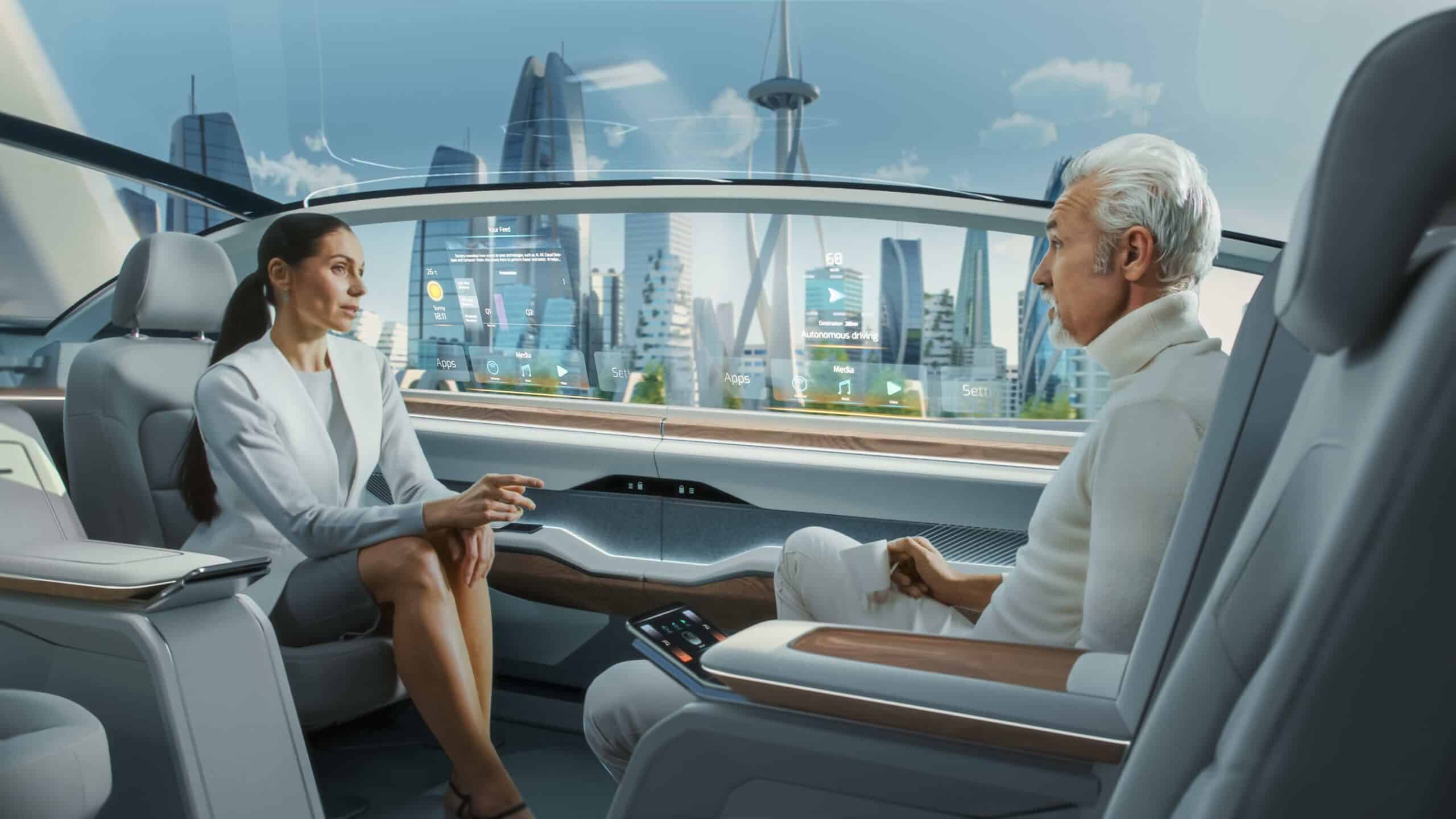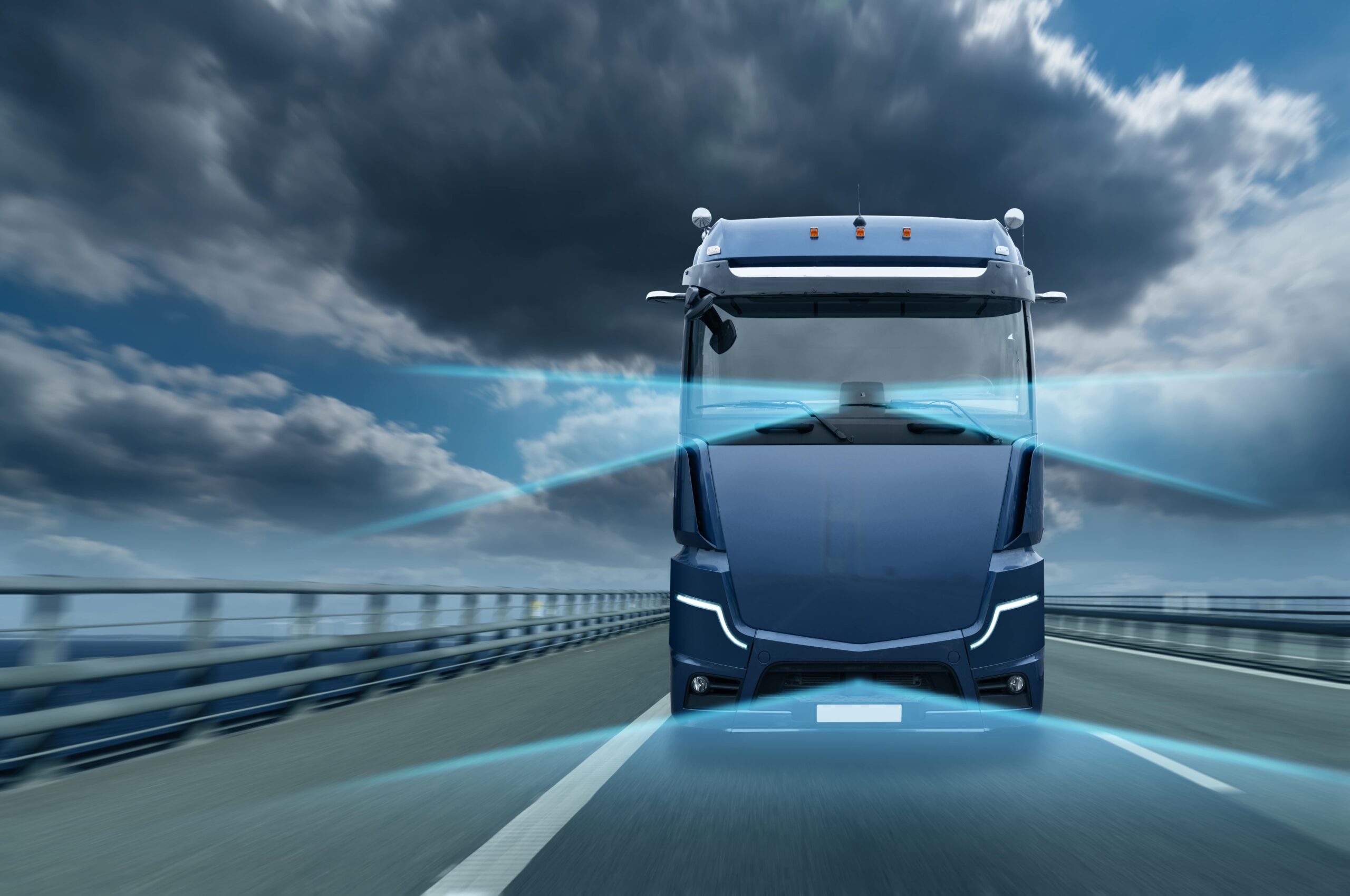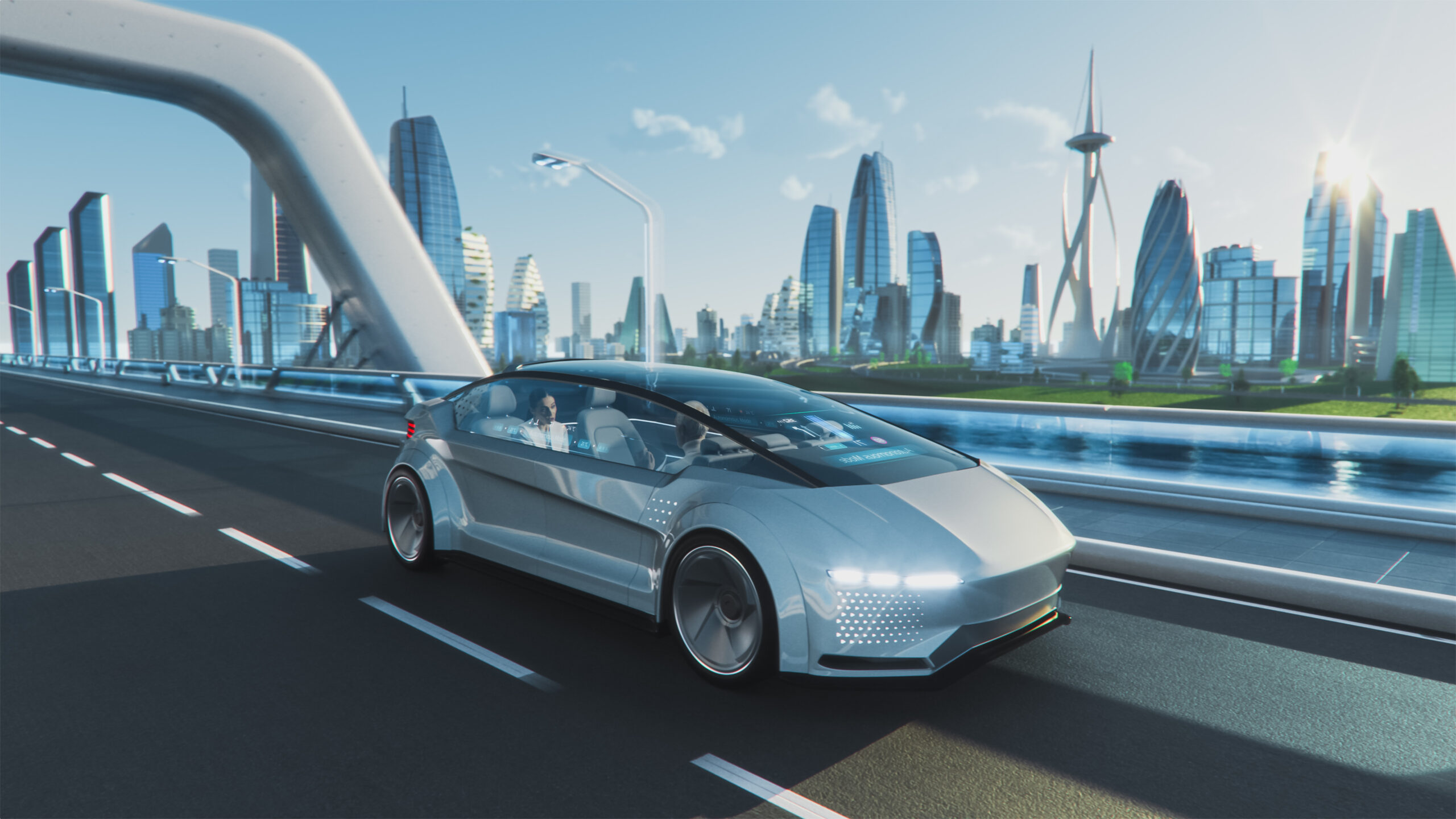- Trains are the most comfortable transportation method
- The impact of big data and artificial intelligence technologies on the rail industry
- Magnetic levitation technology: the future of train travel?
- String transport system and solar bullet trains as new alternatives
- Going boldly where few men have gone before
The urban population is rising constantly and rapidly, cities are expanding and it is becoming increasingly difficult to travel from one part of the city to another. That is why it is very important to either develop some better, more efficient methods of transportation or upgrade the current ones. Trains are probably the best candidate for an upgrade and there are already some very promising and exciting proposals out there that could make travel significantly faster and more enjoyable for the passengers. Let’s have a look at the future of trains.
Trains are the most comfortable transportation method
Trains may not be as popular as other forms of travel but they offer certain advantages you don’t get anywhere else. Of course, there are some areas of the world that are inaccessible by trains and there are faster and cheaper ways to travel, but none of them offer the same level of comfort. Travelling by train allows you to walk around any time you feel like it and you are never forced to turn off your phone. The compartments are spacious enough that you never feel cramped. It’s also cheaper than air travel and does not involve waiting in lines for hours, something we often experience at airports. You can also avoid the traffic jams associated with car travel. Furthermore, you get a chance to sit back and really enjoy the scenery outside, the cities, forests or mountains you travel through.
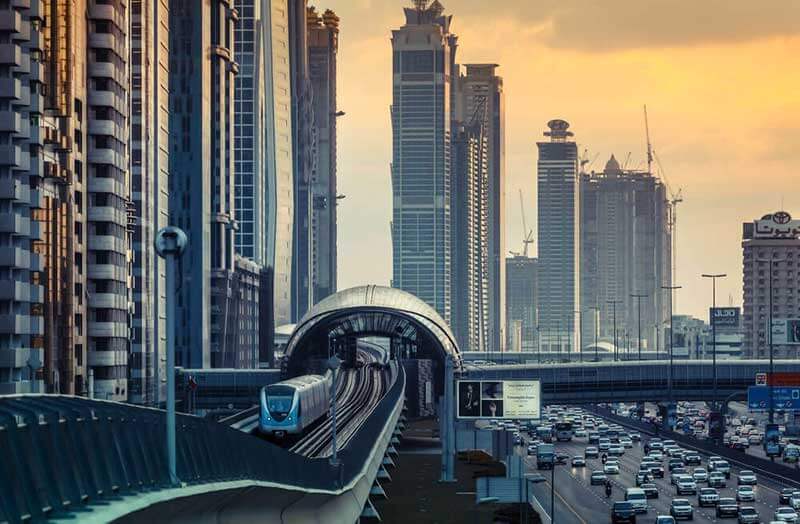
The impact of big data and artificial intelligence technologies on the rail industry
Of course, there is always room for improvement and there are certain aspects that the rail industry could and should work on, but the good thing is that they have already started. Big Data and artificial intelligence are the technologies that could have the most profound effect on the future of train travel. Predictive Maintenance (PM) and Condition Based Maintenance (CBM) are two of the most common applications of big data technology in the rail industry. CBM refers to real-time diagnostic monitoring and it is best suited for those systems that allow workers enough time to respond when notified about a certain event, such as network, wheels, axles etc. Unfortunately, when dealing with systems that affect passengers directly or those that don’t allow enough time for a response, CBM is not the best solution. Instead, Predictive Maintenance or PM should be employed in those cases, as it allows OEMs to learn about any potential issues long before they actually occur. These include issues with railway signalling systems, bridges, door malfunctions etc., all of which can seriously affect performance and cause delays. Of course, PM and CBM are not the only potential big data applications in the rail industry. They can be expanded to include concepts used by other industries like social media or e-commerce. For example, a passenger could buy a ticket to a certain destination, after which the connected system would pass the information on to the train’s AI to let it know where it needs to stop.
Robotics could also find its place in the rail industry, particularly swarm robotics. This is a field of robotics in which a large number of robots work together on achieving a single goal, similar to the behaviour displayed by ants or bees. This would enable us to build robots that could perform all sorts of maintenance and repair tasks on the railway infrastructure. Drones could be used for a whole range of monitoring and surveillance tasks. ProRail, a Dutch railway company, uses drones to check switching points, which is otherwise a time-consuming and dangerous task for human workers. Deutsche Bahn, the German national railway company, uses drones to prevent people from painting graffiti on the walls of their properties. Deutsche Bahn is also testing driverless trains on a track near the Czech border, with plans to include even more self-driving trains all over their railway network before 2021.
Magnetic levitation technology as the future of train travel
Hyperloop is another one of Elon Musk’s crazy ideas that may not actually be so crazy after all. According to the tech visionary, it would run on solar power only and be much faster than a bullet train or even an airplane. Hyperloop uses magnetic levitation to propel itself forward but Musk was not the first man to consider this technology; scientists have been discussing it for years. The Evacuated Tube Transport (ETT) is another project that uses magnetic levitation technology and it would be capable of reaching speeds of up to 6,500 km/h, which would enable us to travel from the United States to China in less than two hours. The system is made up of evacuated tubes equipped with linear electric motors to accelerate the superconducting maglev trains. Not only would ETT be much faster but it would also be more efficient than electric trains because it could easily recapture the electric energy used for acceleration. Considering the fact that acceleration takes time, the length of the trip would determine the speed of the train; it takes about 3 minutes or 160 kilometres for ETT to reach top speed.
https://www.youtube.com/watch?v=tZJuqYk3YYE
String transport system and solar bullet trains as new alternatives
Monorail, high speed rail and maglev trains all sound very exciting, but they are incredibly expensive to build, even more so when you need to build tunnels and bridges, or go through mountains and other types of difficult terrain. String Transport System, designed by the Russian inventor Anatoly Unitsky, could be a cheaper and more efficient alternative. The system includes rails made of concrete or steel, which are further reinforced with high-tensioned steel wires, suspended between 3 and 30 metres above the ground. It can easily go over mountains, through forests, deserts or shallow waters, with negligible impact on the environment.
Bullet trains are already seen as one of the most environmentally friendly transportation methods, but The Solar Bullet project aims to take that one step further by making them run entirely on solar power. The system generates power using overhead solar panels and would be capable of reaching speeds of over 350 km/h. With these, it would need just half an hour to get from Tucson to Phoenix. Japan already has its own bullet train, The Shinkansen, which travels from Tokyo to Hakodate. A section of its track actually goes through the underwater Seikan Tunnel. India is trying to replicate this underwater section with its own version of the bullet train that will run from Mumbai to Ahmedabad.
Going boldly where few men have gone before
Then there are those who think way beyond transportation down here on Earth and have already started considering how to get people into space. The Startram is a space train system that also uses magnetic levitation technology like some of the systems mentioned before, with a notable difference in that the last 20km of the track would bring the train into low earth orbit. Space elevator is another new idea that could make space tourism a reality very soon. Cobayashi Corp. is a construction company in Tokyo that plans to build a 96,000-kilometer space elevator before 2050. When finished, it will be capable of transporting 30 passengers into space along a thin cable. The system will be solar powered and made of carbon nanotubes, kept taut by the Earth’s centrifugal forces. The location is still unknown but it will certainly be somewhere near the Equator.
A Canadian inventor Charles Bombardier went even further and presented a concept of a space train called Solar Express that would take passengers from one planet to the other travelling at the speed of about 3,000 kilometres per second, which basically means that it could get from Earth to Mars in just two days.
Augmented and virtual reality technology, smart glass that allows passengers to control shading, apps that allow them to pay for tickets via contactless interface, floors that generate power from people’s footsteps, trains that attach to airplanes, Starbucks stores inside trains and open style subway trains are just some of other new and exciting concepts. This is the future of trains.

